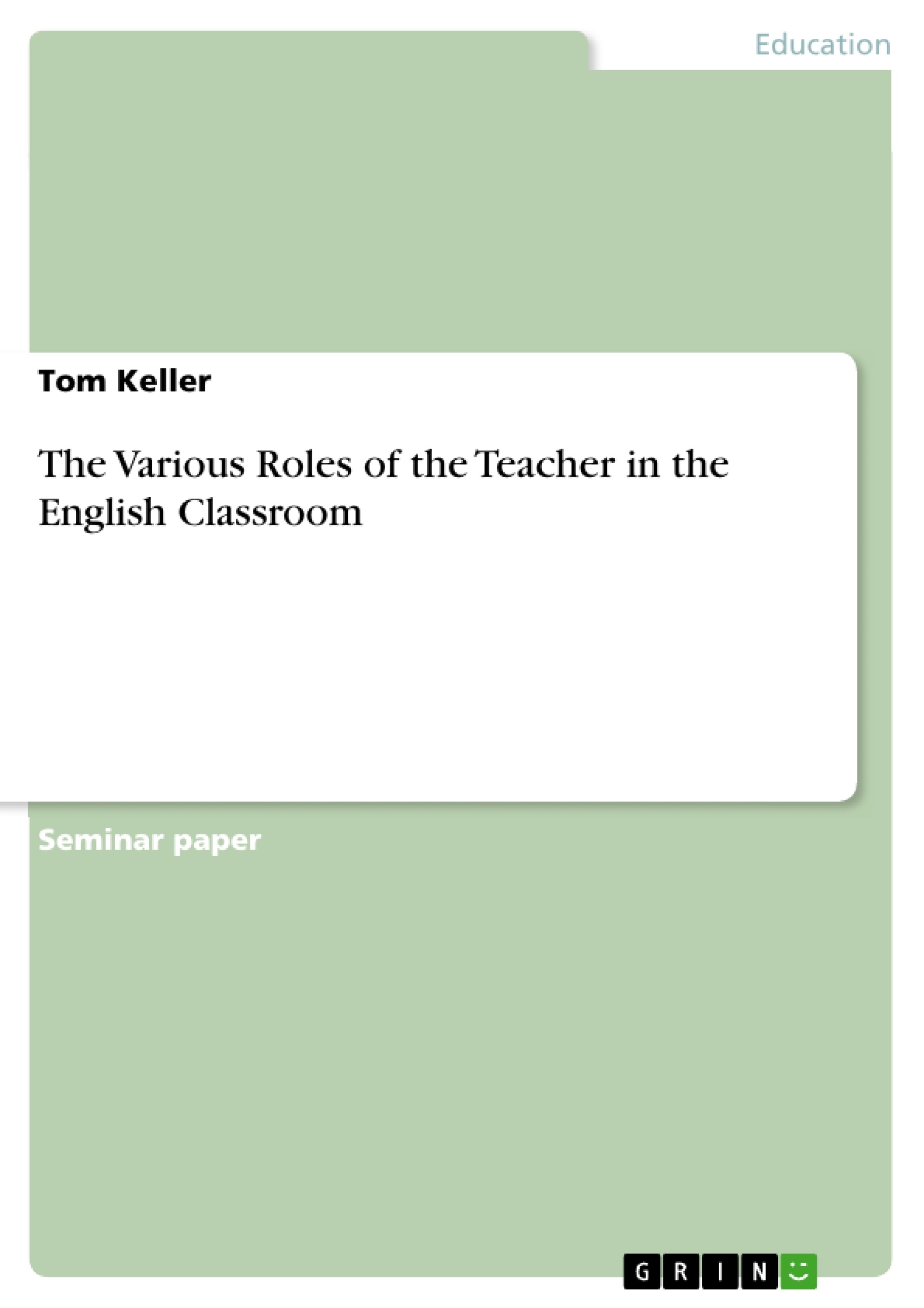English as a world language is becoming more and more important in our culture, thereby affecting the English classroom and its participants. The whole process of teaching English has been changing during the last decades and so have the students. They already start learning their first foreign language at a primary school level and teachers have to be flexible to enable students to learn. Thereby teachers not only educate students what English is about and how it works, but also the usage of it and particularly communication skills.
Every student has a different ability when learning a second language. Some grasp it easily and develop sympathy for it, others struggle and have difficulties which could lead to being demotivated and lack of interest. This leads to the question what an English teacher can and has to do, in order to teach students successfully. Nowadays teachers are supposed not only to educate, but also to create an suitable environment for learners.
Therefore it is necessary to perform many different roles in the classroom to fully achieve the best learning development. Roles which have its own characteristics, work differently and have various aims.
First, this leads to the question “what a role actually is” and I will give a short definition of it. Afterwards the various roles will be introduced and then described in detail. What are the characteristics of a role? What does it mean to perform it? Why is it necessary to do so? These questions will be answered later on. Finally, I will give a conclusion and a brief overview about the portrayed roles.
Table of Contents
- Introduction
- Definition of the Term „Role“
- Roles of a Teacher
- Teacher as Controller
- Teacher as Assessor
- Teacher as Manager
- Classroom Management Styles
- Teacher as Resource
- Teacher as Participant
- Teacher as Investigator
- Teacher as Role Model
- Conclusion
Objectives and Key Themes
This paper aims to explore the various roles that English teachers fulfill in the classroom and their impact on the learning process. It examines the characteristics, functions, and importance of each role, emphasizing the need for teachers to be versatile and adapt their approach to meet the diverse needs of their students.
- The evolving role of English teachers in a globalized world.
- The importance of creating a supportive learning environment for students with diverse learning styles and needs.
- The various roles teachers undertake in the classroom, such as controller, assessor, manager, resource, participant, investigator, and role model.
- The interplay between active and passive roles in teaching, and their influence on classroom dynamics.
- The significance of teachers as role models beyond the classroom.
Chapter Summaries
The introduction explores the increasing significance of English as a global language and the changing dynamics within the English classroom. It highlights the diverse learning abilities of students and the challenge teachers face in creating a conducive learning environment. The chapter also introduces the concept of roles and their multifaceted nature in various contexts.
The second chapter provides a concise definition of the term "role" drawing on the Oxford Advanced Learner's Dictionary and David Nunan's definition of the teacher role. It emphasizes the expectations associated with roles and the varying degrees of choice involved in fulfilling them.
The third chapter delves into the various roles a teacher assumes in the English classroom. It explores the role of the controller, focusing on teacher-led instruction and the importance of managing classroom activities. The chapter also discusses the assessor's role in providing feedback and evaluating student performance.
The third chapter further examines the role of the classroom manager, highlighting the importance of effective organization and discipline. It discusses classroom management styles and their impact on student behavior. The chapter also explores the teacher's role as a resource, providing information and guidance to students, and the role of the participant, engaging actively with students on the same level.
Keywords
The core keywords and focus topics of the text include teacher roles, classroom dynamics, learning environments, student needs, controller, assessor, manager, resource, participant, investigator, role model, active roles, passive roles, classroom management styles, and globalized English.
- Quote paper
- Tom Keller (Author), 2011, The Various Roles of the Teacher in the English Classroom, Munich, GRIN Verlag, https://www.grin.com/document/319479




